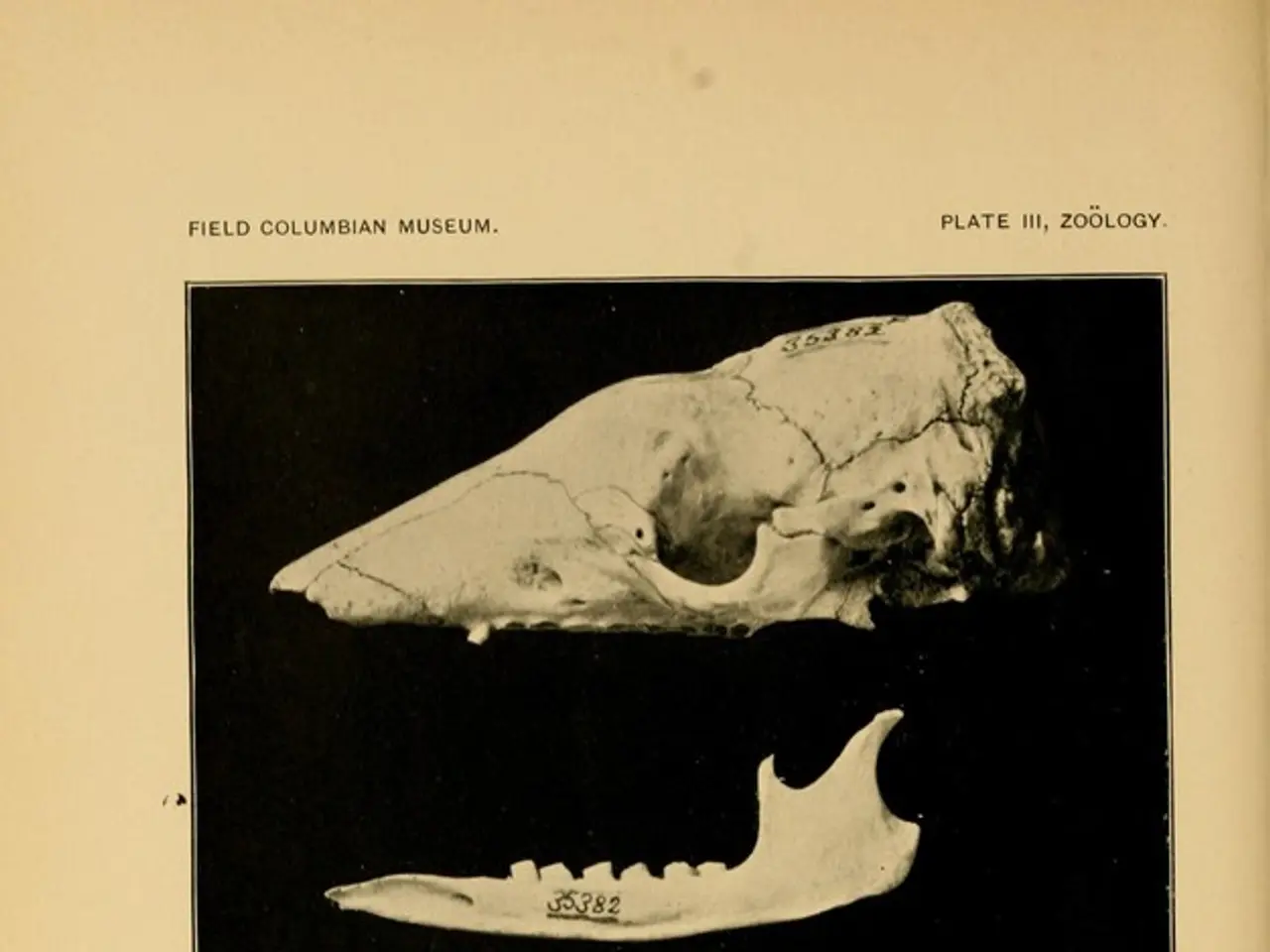Hip Surgery in Older Adults: Risks, Causes, and Treatment
Older adults face serious risks when undergoing hip surgery, with complications ranging from wound healing issues to increased mortality. A broken hip, often caused by falls or osteoporosis, is a medical emergency requiring immediate surgery. Understanding the causes, symptoms, and treatment options is crucial for timely intervention.
Hip fractures, typically occurring in the upper femur, are common in older adults due to risk factors like age, malnutrition, and a history of previous hip breaks. Falls, osteoporosis, and obesity are leading causes. Symptoms include hip and groin pain, leg shortening, and inability to walk or bear weight. Diagnosis involves physical exams and imaging tests such as X-rays, MRIs, or CT scans.
Treatment is urgent, as a broken hip can be life-threatening. Surgery is almost always required, with options including medication and physical therapy for post-operative recovery. The hip, a ball-and-socket joint, allows for extensive movement. Different fracture types include femoral neck, intertrochanteric, and intracapsular fractures.
Hip surgery in older adults carries significant risks, including wound healing disorders, thrombosis, and increased mortality. Understanding the causes, symptoms, and treatment options for hip fractures is vital for timely intervention and recovery. Surgery is almost always necessary, with various types of fractures and post-operative care options available.






